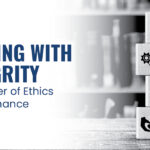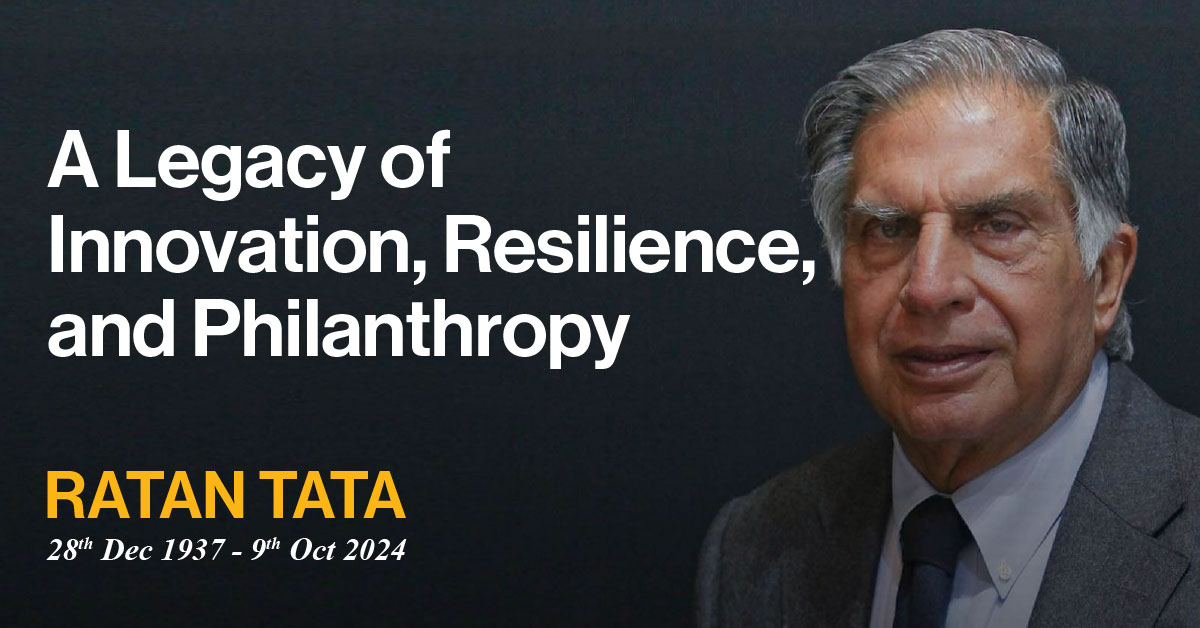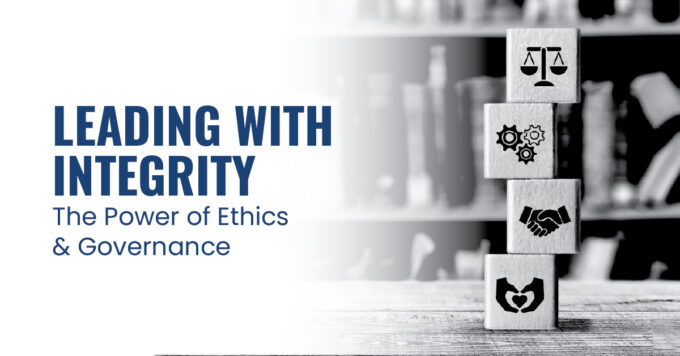In today’s rapidly evolving society, the conversation around gender equality in the workplace is more pressing than ever. Despite progress made in recent years, the issue of inequality persists, with women comprising only 37.0% of the labor force in 2023. We witness sexism and gender imbalance creating barriers to women’s success, in the form of stereotypes, unequal pay, and limited growth opportunities. Although we have made significant strides compared to previous generations, we still have a long way to go in achieving gender parity in the workplace.
To bridge this gap, Diversity, Equity, and Inclusion (DEI) initiatives are crucial. By fostering an inclusive workplace culture, DEI strategies not only enhance organizational performance but also pave the way for sustainable change. Research shows that including women into the workforce can fundamentally transform how companies think and function. A compelling example illustrating this is TechCorp, a software company, that boosted diversity by 30% by changing its hiring practices to attract more women candidates..
The Business Case for Women’s Leadership: Why Diversity Matters
India’s corporate landscape has made significant progress in recognizing the importance of gender diversity in recent years. The Companies Act 2013 played a pivotal role in driving this change, by making the presence of at least one woman on the company board necessary. Despite this progress, a challenge persists: women’s underrepresentation in leadership positions. LinkedIn’s data on 1 billion women reveals that while more women are joining the workforce and advancing to mid-level roles, they are underrepresented in top leadership positions.
This disparity deepens gender-based discrimination and deprives organizations of the unique perspectives, skills, and experiences that women leaders bring. To address this imbalance, it’s essential to increase the number of women in leadership roles. By doing this, companies can create a fairer and inclusive workplace, while increasing their profit by 21%. Moreover, women leaders serve as role models and mentors, inspiring and empowering other women to pursue leadership roles and creating a pipeline of future talent.
Women-Led Mentorship to Address Systemic Inequalities
Many organizations with rigid systems harbor unconscious biases against women. Despite progress, hidden biases still hold women back at work, with men making up 60% of managers in a typical company. This further limits women’s access to crucial mentorship programs and leadership development opportunities, slowing down their career advancement.
A mentorship program led by experienced leaders can provide valuable support to women starting their careers. It helps create work environments providing equal opportunities for everyone, especially for women and marginalized groups. To encourage women to join the publishing industry, for instance, HarperCollins Publishers created a “New to Publishing” program. This helped boost morale and create a sense of belonging among employees, making them feel more included and valued within the organization.
Revamping Talent Acquisition Strategies to Prioritize DEI
Achieving diversity and inclusion in the hiring process is paramount for companies, with 85% of executives recognizing that an inclusive workforce is vital for driving innovation. However, unconscious biases limit hiring decisions, resulting in unfair judgments and a lack of diversity in the recruitment process. To overcome this, companies must implement inclusive hiring practices that eliminate barriers and actively seek to create a more diverse workforce.
To drive meaningful change, diversity and inclusion must be a company-wide approach, focused at every point of an employee’s journey. Beginning with sourcing candidates from diverse backgrounds, it should include gender inclusive policies, processes, and company culture. Additionally, pairing new hires with experienced colleagues during the onboarding process can help foster a sense of belonging, transforming the workplace into an equitable work environment.
Leadership Training for Gender Inclusive Workspace
A transformational leadership outlook has the power to inspire employees to work towards a shared vision, resulting in a 25% boost in company performance. This approach also fosters a supportive work environment by providing mentorship, promoting open-mindedness, and encouraging work-life balance. When applied to gender equality, leadership training becomes a potent tool for emphasizing the value of diversity and inclusivity in the workplace.
By overcoming gender stereotypes and biases organizations can create a level playing field. Equipping leaders and managers with the necessary knowledge enables them to promote inclusive hiring practices, pay equality, and engage male allies as agents of change. Ultimately, promoting gender equality helps both employees and the organization as a whole.
Diversity, Equity, and Inclusion: A Continuous Journey
According to a 2022 study by The Leadership Circle, female leaders outperform their male counterparts across all management levels and age groups. Research suggests that women inherently possess certain qualities that make them highly effective leaders. The presence of even one woman on a board can significantly change its dynamics.They tend to be more inclusive, detail-oriented, patient, and responsible in their decision-making. Still, gender inequality remains a big concern that should be addressed by all organizations.
As Jingdong Hua said, “Empowering women is not only the right thing to do. It is also the smartest thing to do.” By implementing the strategies, such as growing the representation of women in leadership roles, creating mentorship programs, and promoting leadership training, organizations can take meaningful steps toward creating a more gender-equal workplace. Diversity, Equity, and Inclusion is not a one-time goal but an ongoing journey. By embracing it, we can empower the organization to overcome stereotypes, break barriers, and reward innovative perspectives.













Leave a comment